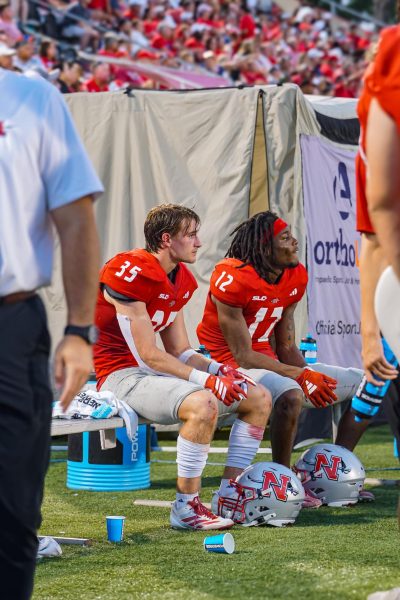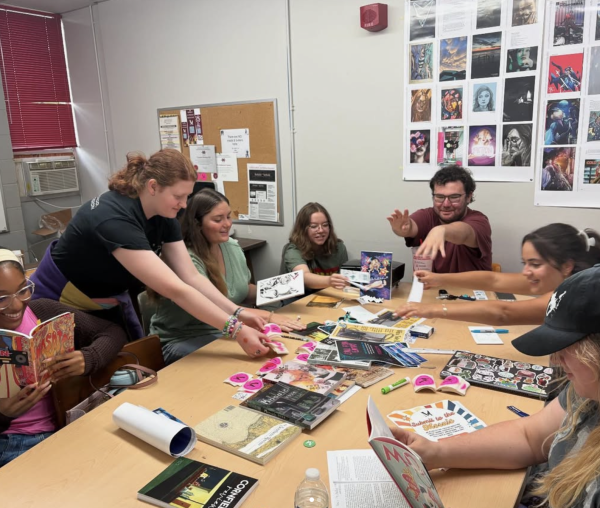3.7 percent drop in enrollment not a cause for concern
Although the overall enrollment numbers have decreased around 3.7 percent from last fall, that number may not be the best method of evaluating university wellbeing according to University President Bruce Murphy.
“Nicholls has, this fall on the fourteenth class day, about 242 fewer students, as opposed to fall a year ago on the same day. Here are several reasons why that would happen,” Eugene Dial, vice president of student affairs explained.
Only eight full-time students were lost, compared to 234 part-time students.
Although the drop in enrollment might initially seem like a negative, Murphy explained that the drop was not as dramatic as they thought it would be.
“After awarding the highest number of degrees in university history this past year, we were expecting it to be higher, ” Murphy said.
Dial agreed, explaining that in his 29 years of experience, many part-time students choose to work full-time when the economy is doing well, as it is now.
“The University is in the process of developing a strategic plan that will position Nicholls to address enrollment, managing and planning, where we not only meet the four-year degree needs, but also the education and training needs of businesses in the region and beyond,” Dial said.
Murphy explained the idea of competency-based education, which the university is in the process of adopting.
According to Murphy, this is the process of giving credit to students based on past experience, often acquired in the workforce or military.
According to the US Department of Education, this type of learning “leads to better student engagement because the content is relevant to each student and tailored to their needs.”
“We have to figure out what sort of educational opportunity is for credit or non-credit, what sort of research, theoretical or applied, has to be done for Nicholls to support the economic development in the region,” Dial said.
Murphy said some people believe community colleges are taking away from university enrollment, but Nicholls is partnering with Fletcher Technical Community College and Delgado Technical Community College.
For example, students can get an associate business degree from Delgado, and then decide to work toward their B.A. at Nicholls. All of their classes would transfer, and they would already be considered a junior.
With the projected completion of the culinary building in Spring 2015, there will likely be an increase in the number of culinary student enrollment.
“We’re expecting to double the size of that program over time,” Murphy said.
“There are all sorts of tracks that are available in culinary,” Dial said, “and that is going to help meet not only regional demands in South Louisiana, but it’s also going to provide a service and economic development need across the country and the world.”
Another area that may help increase enrollment is the Maritime Management program, which is unique to Nicholls.
“Technology is everywhere, and they not only need people who understand technology, but they need people who understand people, who can manage resources and who can manage a team. The Maritime Management program would be an example of how Nicholls is responding.”
With the booming oil industry in Louisiana, Murphy explained that the petroleum-engineering program is “bursting at the seams,” and with the help of the Louisiana’s Workforce Innovation for a Stronger Economy (WISE) fund, Nicholls is looking to increase classroom sizes to accommodate more students.
“That helps to increase enrollment,” Dial said. “At the same time, the goal is to meet the business development needs of that industry.”
Dial explained that this is not the first time numbers have dropped this way.
“Between 1984 and 1992, the oil industry collapsed. A lot of people moved out of state and took their children with them, who 18 years later would have been in school,” Dial said.
“A lot of people came back to school to get retrained to work in fields other than the oil industry. Enrollment was up because we had more part time students, people trying to survive the economic depression,” Dial said. “As things got better, we found that fewer of the nontraditional students were coming to school because of other economic opportunities.”






